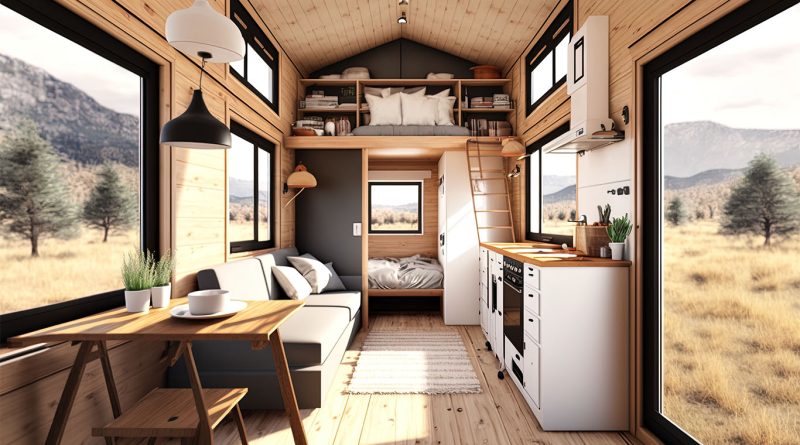5 Essential Aspects of the Tiny House Movement Trend
The tiny house movement has transformed from a minimalist choice to a widespread architectural trend, revolutionizing the concept of modern living. This listicle explores the facets of this movement, offering insights for those interested in embracing a smaller, more sustainable lifestyle.
1.The Roots of the Movement
Originating as a minimalist revolution, the tiny house movement is now a blend of practical living and stylish design. Its growth reflects a shift towards sustainability and simplicity in housing choice.
2. Green Living Goes Tiny
Tiny homes have become synonymous with eco-friendly living. Their small footprint not only reduces material consumption but also encourages a more sustainable lifestyle, aligning with modern environmental consciousness.
3. Aesthetic Appeal
Beyond functionality, tiny houses have gained popularity on social media for their aesthetic charm. This movement isn’t just about size; it’s about design innovation and creating visually appealing spaces in a compact format.
4. The Social Impact
As the movement grows, it’s also becoming a social statement. Tiny living advocates for a life with less materialism and more focus on experiences and relationships, resonating with many looking for a shift in lifestyle priorities.
5. Challenges and Opportunities
While the idea of tiny living is appealing, it comes with its challenges, such as zoning laws and lifestyle adjustments. However, these challenges also present opportunities for innovation in design and community planning.
Tiny homes have indeed become a significant trend, reflecting a shift towards sustainability, simplicity, and innovative design in modern living. As the movement continues to gain momentum, it highlights the importance of eco-friendly practices, aesthetic appeal, and social values in housing choices.
